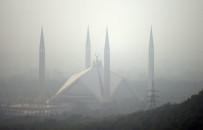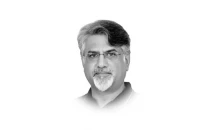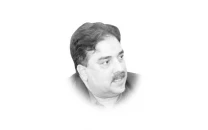Silent tragedy in Chitral
It is all the more troubling that the reasons behind this pattern remain largely unknown

The alarming surge of suicide cases in Chitral demands far more than perfunctory concern. Between 2015 and 2019, as many as 83 lives were lost, nearly half of them women. In the past five years alone, Lower Chitral has recorded 63 suicides, with female victims once again disproportionately represented. These are chilling reminders of a community in distress, and of a state that has yet to respond with urgency.
It is all the more troubling that the reasons behind this pattern remain largely unknown. While mental health challenges and domestic violence are often cited, the truth is that no rigorous research has been carried out to establish the underlying causes. Why Chitral, in particular, is gripped by this crisis remains unanswered. Until systematic, evidence-based inquiry is undertaken, the response will remain fragmented and inadequate.
Globally, suicide is understood as a multi-determined phenomenon - a complex interplay of biological, psychological and social factors. In Chitral, the geographical isolation of communities coupled with prevailing social norms may interact to exacerbate vulnerabilities. Women, in particular, may face compounded risks due to societal expectations and exposure to gender-based violence. Yet these are hypotheses, not established findings, and must be rigorously tested through longitudinal and qualitative research. What is clear is the lack of infrastructure to respond. Pakistan spends less than 1% of its health budget on mental health, and remote regions like Chitral are almost entirely excluded from even this minimal allocation.
A comprehensive suicide prevention strategy is therefore needed — one that includes awareness campaigns, accessible mental health facilities, safe spaces for those at risk, and mechanisms of support that reach beyond urban centres into remote communities. The on-ground reality is that silence and stigma continue to cloak the issue, preventing timely help for those in need.














COMMENTS
Comments are moderated and generally will be posted if they are on-topic and not abusive.
For more information, please see our Comments FAQ